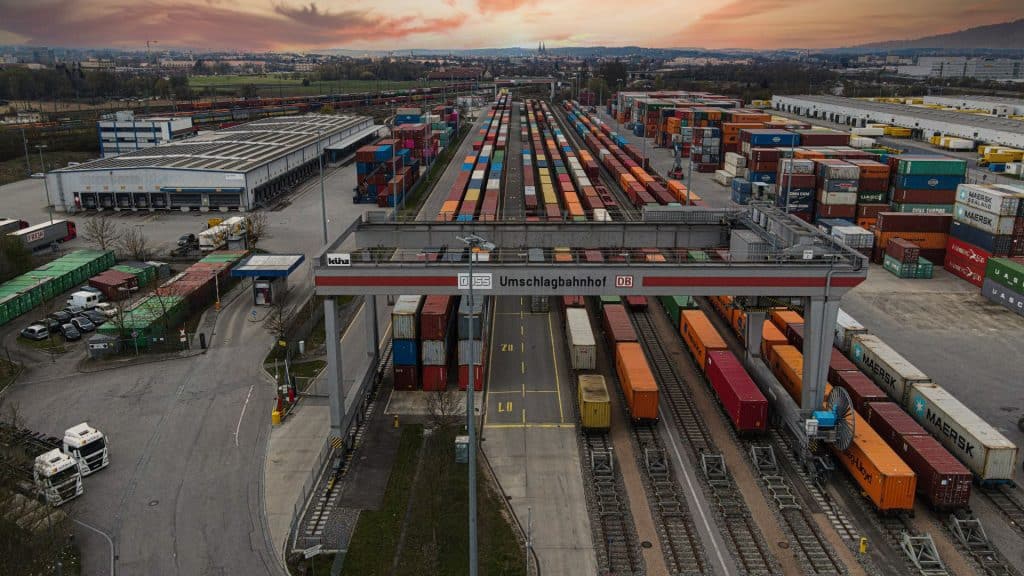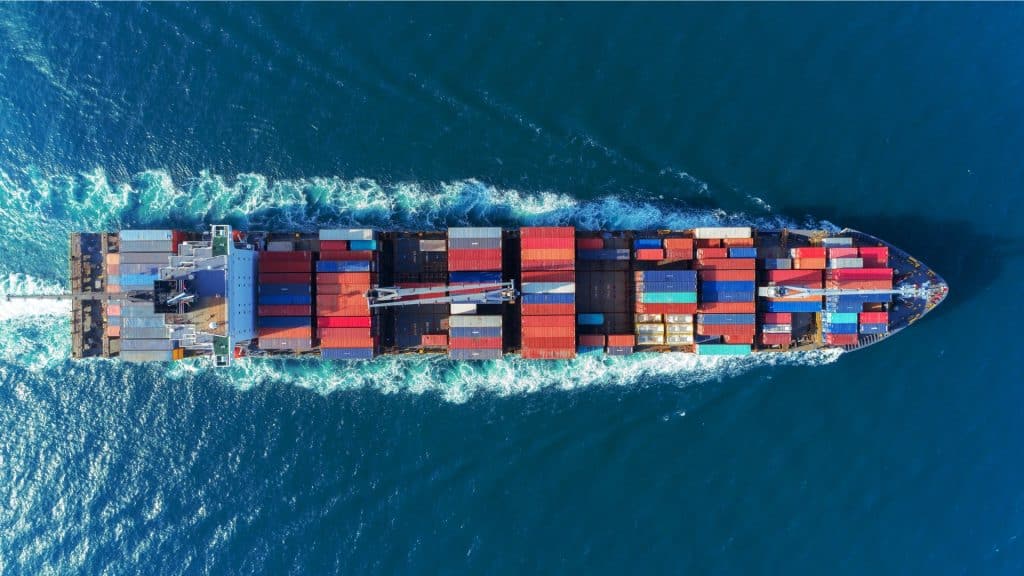AFTER U.S. ATTACK ON IRAN, SHIPPING CONTINUES TO USE STRAIT OF HORMUZ
While shipping watches closely for Iran to make a decision on a full-scale closure of the Strait of Hormuz, shipping associations and government advisory agencies are urging caution for ships passing through areas within reach of Iran’s military capabilities – including the Red Sea, where Iran-linked Houthis have suspended a ceasefire with the United States. So far, the Strait of Hormuz remains open and in commercial use. Traffic continues to use the waterway after the attack, and as of the early hours of Monday morning (local time), about one dozen ships were operating in or near the Hormuz traffic separation scheme – almost all of them eastbound, based on AIS data provided by Pole Star (top). Kpler confirms routine levels of traffic (below). Likewise, BIMCO is urging caution in the Mideast, particularly in the Red Sea. Now that Houthi fighters have announced their renewed intention to strike at American shipping, it is possible that – whether by intent or by miscalculation – they could hit other passing traffic as well. “The Houthi threat against shipping in the Red Sea and Gulf of Aden has also gone up,” BIMCO security chief Jakob Larsen told Bloomberg. “The Houthis now threaten merchant ships with affiliation to Israel or the U.S., but attacks against merchant ships with other affiliations cannot be ruled out.”

AI, DIGITAL TWIN TECHNOLOGIES CAN HELP STREAMLINE SUPPLY CHAINS, EXPERT SAYS
The global supply chain is undergoing a significant transformation, marked by tariffs, rising trade restrictions and evolving technologies. A digital twin is a virtual model that can replicate a supply chain. AI computer vision is a field of artificial intelligence that enables computers to “see” and interpret images and videos, mimicking human vision. “AI, digital twins, computer vision, I would say the intersection between those three is quite amazing,” Agmoni told FreightWaves in an interview. “Let me find new routes, new supply chain sources, new ideas. The more data you put into that, you’ll be able to create new scenarios on how to solve those types of things. So one day the scenario is a war, another day is tariffs, another day is Covid.” Later, Maersk began using digital twin technology to help make its drayage operation more operational and cost efficient. “Every drayage operation you have to deal with multiple ports, multiple terminals, multiple warehouses, where you send it, multiple trucks, drivers, internal, external,” Agmoni said. “So they had to go to 13 different systems, get information, combine it all together, and decide on the dispatch of the day. It brought them to about 1.8 turns a day in terms of throughput of the capacity, which is very bad.” Agmoni helped create a digital twin of the company’s drayage operation that would give them total visibility.

EARLY PEAK COMING AS TRANS-PACIFIC CONTAINER RATES DOUBLE
The past week has seen significant changes in trans-Pacific container rates, marking a significant shift on the shipping horizon as the peak season approaches. Container rates from Asia to the U.S. West Coast surged in the latest data from SONAR and Freightos, as shippers pushed the peak season early to frontload goods ahead of potential tariff pauses in July and August, while ocean lines implemented general rate increases (GRIs) as of June 1. Freightos research chief Judah Levine in a note said that as peak volumes converge with still-limited capacity and ongoing port congestion at several Far East hubs, the likelihood of these rate increases taking hold in June and July is significant. There is an expectation for rate relief by mid-July as demand eases, congestion dissipates, and more capacity is restored to trans Pacific routes. The U.S. ports are proactively preparing for the incoming surge of containers, incorporating lessons learned from the pandemic to mitigate potential congestion.
Trump Administration Tariff Updates – June 19, 2025
High-level negotiations in London, concluded on June 10, 2025, have produced a framework agreement with China, pending final approval from Presidents Trump and Xi. The deal stabilizes trade relations, with minor issues remaining, particularly around China’s rare earth export controls. The U.S. seeks guaranteed semiconductor supply access to counter China’s leverage. A baseline reciprocal tariff of 10%, applied to all Chinese goods under the International Emergency Economic Powers Act (IEEPA), effective April 5, 2025.
• An additional 20% tariff on specific Chinese imports, tied to China’s efforts to curb fentanyl precursor shipments to the United States, implemented in February 2025.
• A 25% tariff on certain goods under existing Section 301 provisions, targeting unfair trade practices such as intellectual property theft.